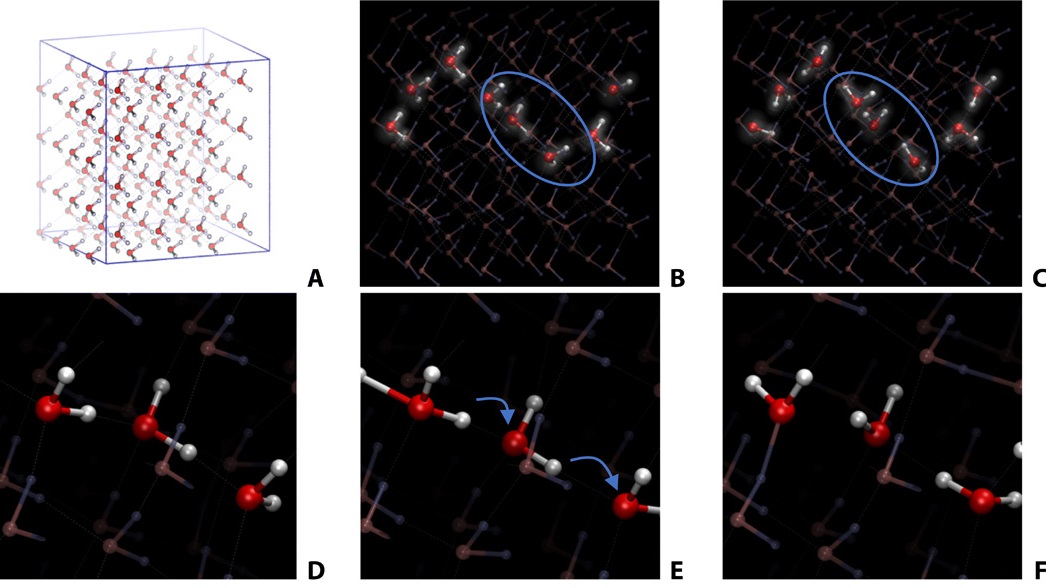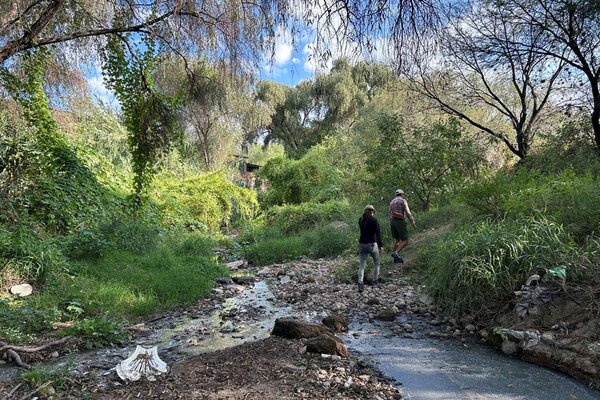
Researchers observe protons ‘playing hopscotch’ in a high-pressure form of ice
The discovery by Dr. John Tse (PhD) and collaborators in Ireland could help us understand the behaviour of water on other planets
An international team of researchers from the University of Saskatchewan (USask) and University College Dublin (UCD), Ireland, have observed “proton-hopping” movement in a high-pressure form of ice called Ice VII.
The discovery will help researchers understand the behaviour of water in high-pressure environments beyond Earth, and could lead to the detection of exotic forms of ice in the universe.

The proton-hopping movement may be present in ice on planetary bodies such as Venus, Jupiter, Neptune and Uranus, or in planets outside our solar system.
Dr. John Tse (PhD), a faculty member and Centennial Enhancement Chair in the Department of Physics and Engineering Physics at USask’s College of Arts and Science, is coauthor of a paper on the discovery published in Science Advances.
“…This study is able to provide a clear and consistent explanation to a previously puzzling problem—the ‘how and why’ of making ice superionic,” said Tse in a news release from UCD.


